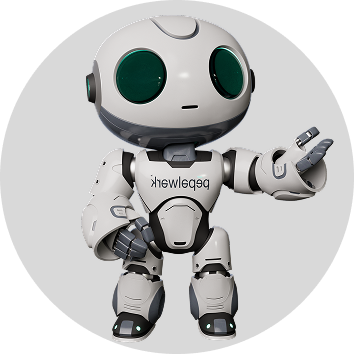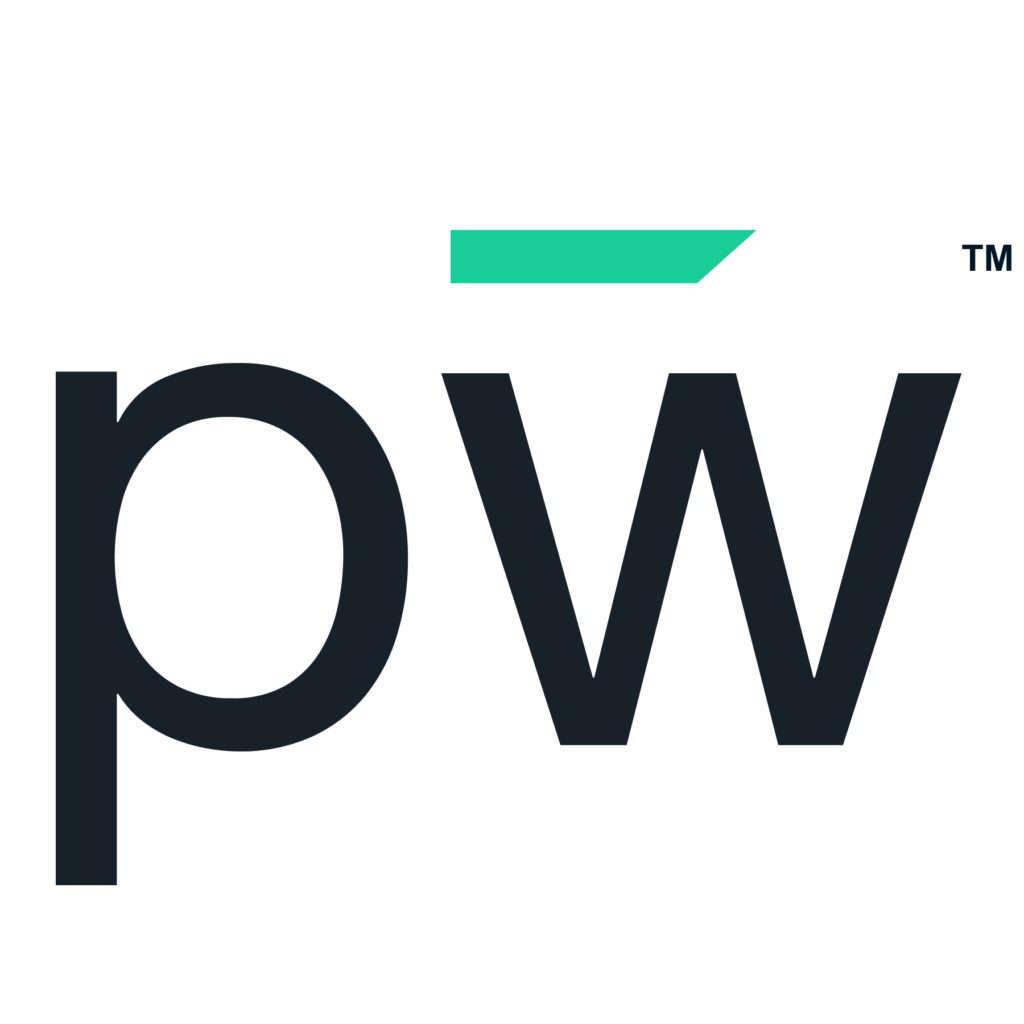Discover how cutting-edge educational technology can revolutionize classroom dynamics and boost student achievement.
The Rise of Digital Classrooms: What Modern Education Looks Like
In today's digital age, classrooms are undergoing a transformation, moving away from traditional teaching methods and embracing technology to enhance the learning experience. Digital classrooms provide students with access to a wealth of information and resources at their fingertips, creating a more interactive and engaging learning environment.
With the rise of digital classrooms, educators are able to leverage educational technology to deliver personalized instruction tailored to each student's needs. This shift towards digital learning has not only changed the way students acquire knowledge, but it has also revolutionized the role of educators in the classroom.
Gone are the days of a one-size-fits-all approach to education. Modern education is all about customization and adaptability, and digital classrooms play a pivotal role in achieving this goal. By integrating technology into their teaching practices, educators can provide students with differentiated instruction, allowing them to learn at their own pace and in their own unique way.
Furthermore, digital classrooms foster collaboration and communication among students, encouraging them to work together on projects and share ideas. This promotes critical thinking, problem-solving skills and prepares students for the collaborative nature of the modern workforce.
The rise of digital classrooms is reshaping the landscape of education, offering endless possibilities for innovative teaching methods and student engagement. As educators, it is essential to stay updated with the latest EdTech tools to harness the full potential of digital classrooms. EducationWeek mentions that "Education technology has become central to teaching and learning in school districts across the country." This acknowledgment underscores the transformative impact of technology on modern education, emphasizing the need for educators to adapt to these evolving tools to better engage students and enhance the learning experience.
Key ED Tech Tools Every Educator Should Know
In order to effectively leverage educational technology, educators need to be familiar with a range of ED tech tools that can enhance their teaching practices and support student learning. Here are some key ED tech tools every educator should know:
- Learning Management Systems (LMS): LMS platforms provide a central hub for educators to organize and deliver course materials, assignments, and assessments. They also facilitate communication and collaboration between students and teachers.
- Virtual Reality (VR): VR technology allows students to immerse themselves in virtual environments, providing them with a more interactive and experiential learning experience. It can be used to explore historical sites, simulate science experiments and even visit far-off countries without leaving the classroom.
- Adaptive Learning Software: Adaptive learning software uses algorithms to tailor instruction to each student's individual needs and learning pace. It adapts the content and difficulty level based on the student's performance, ensuring personalized learning for every student.
- Collaboration Tools: Collaboration tools enable students to work together on projects, even when they are not physically in the same location. These tools facilitate teamwork, communication and the sharing of ideas and resources.
By familiarizing themselves with these key ED tech tools, educators can create dynamic and innovative learning experiences that cater to the diverse needs of their students.
Integrating Technology with Curriculum: Best Practices with pepelwerk
Integrating technology with the curriculum is crucial for maximizing the benefits of educational technology in the classroom. pepelwerk, an innovative ED tech solution, offers a range of tools and resources that can help educators seamlessly integrate technology into their curriculum.
One best practice for integrating technology with the curriculum is to align technology use with learning objectives. Educators should identify specific learning goals they want to achieve through the use of technology and select the appropriate tools and resources to support those objectives.
Another best practice is to provide adequate training and support for both educators and students. pepelwerk offers comprehensive training programs and ongoing support to ensure that educators have the necessary skills and knowledge to effectively utilize the provided ED tech tools in their classrooms.
Furthermore, it is essential to regularly assess the impact of technology integration on student learning. By collecting data and analyzing student performance, educators can identify areas of improvement and make necessary adjustments to their teaching practices.
pepelwerk also encourages collaboration and communication among educators through its platform, allowing them to share best practices, lesson plans and resources. This collaborative approach fosters a community of educators who can learn from each other and continuously improve their teaching practices.
With pepelwerk's ED tech solutions and AI Career Assistant for integrating technology with the curriculum, educators can create an engaging and effective learning environment that prepares students for success in the digital age.
Overcoming Challenges in ED Tech Adoption
While educational technology offers numerous benefits, its adoption in classrooms is not without challenges. Educators may face several obstacles when integrating ED tech solutions into their teaching practices. However, with the right strategies and support, these challenges can be overcome.
One common challenge is the lack of access to technology and reliable internet connectivity. Not all schools have the necessary infrastructure and resources to provide students with the latest technology tools. In such cases, educators can explore alternative options, such as utilizing mobile devices or partnering with community organizations to bridge the digital divide.
Another challenge is the resistance to change from both educators and students. Some educators may feel overwhelmed by the rapid pace of technological advancements and may be hesitant to incorporate new tools into their teaching practices. To overcome this challenge, professional development programs and ongoing support can be provided to help educators build their confidence and skills in using ED tech tools.
Additionally, it is important to address privacy and security concerns when implementing educational technology. Educators should ensure that student data is protected and adhere to privacy regulations. They should also educate students about responsible and ethical use of technology.
By acknowledging and addressing these challenges, educators can successfully integrate ED tech solutions into their classrooms and reap the benefits of enhanced learning experiences for their students.
Future Trends in Educational Technology
As technology continues to evolve, the future of educational technology holds exciting possibilities for the classroom of tomorrow. Here are some future trends to look out for:
- Artificial Intelligence (AI) in Education: AI has the potential to personalize learning even further by analyzing student data and providing adaptive instruction in real-time. AI-powered virtual tutors and intelligent learning systems are expected to become more prevalent in the future.
- Augmented Reality (AR): AR overlays digital content onto the physical world, creating interactive and immersive learning experiences. In the future, AR technology could be used to bring historical events to life, visualize complex scientific concepts and enhance hands-on learning.
- Data Analytics for Personalized Learning: Data analytics can provide insights into student performance and learning patterns, enabling educators to tailor instruction to individual needs. In the future, sophisticated data analytics tools will become more accessible, allowing educators to make data-driven decisions and optimize student outcomes.
- Internet of Things (IoT) in Education: IoT devices can connect various elements in the classroom, such as smartboards, tablets and wearable devices, to create a connected learning environment. This interconnectedness can streamline administrative tasks, enhance collaboration and provide real-time feedback to educators and students.
These future trends in educational technology have the potential to revolutionize the way we teach and learn, creating more personalized, interactive and engaging learning experiences for students.










